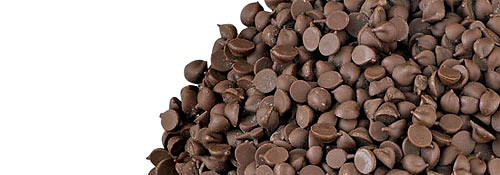I never met a chocolate I didn’t like.
– Deanna Troi, Star Trek: The Next Generation
Who doesn’t love chocolates? I mean, seriously, we see anything with the word CHOCOLATE and we start drooling. Come on admit it! 😀
Do you remember those days when a chocnut is just what you need to cheer you up? Nowadays, however, we are bombarded with a variety of chocolates. How, then, do you know you’re getting the good stuff?
First off, we need to know that there are two general classification of chocolates, couverture and compound.
Compound Chocolates
Let’s start with compound chocolates. These chocolates are the supermarket variety – cheap and mass-produced. These products may or may not contain cocoa butter. Those that do not have cocoa butter are made with shortening and/or substitute fats.
The percentage that you see on the bar of chocolate indicates the percentage of cocoa solids, meaning the amount of cocoa mass and cocoa butter.
Couverture Chococlates
Now this is the real deal. Couverture chocolates must have a minimum of 32% cocoa butter in order to be considered as such. Some brands use only cocoa butter while others mix in a bit of shortening for stability. Some of the well-known brand of chocolates we normally find in the grocery have a bit of shortening mixed into it to increase their tolerance for warmer temperatures. Ideal storage for pure chocolates is 20ºC.
Chocolates, much like wine, have different subtle flavor notes. These flavors notes are best savored when the chocolates are at room temperature.
Different chocolate makers use different blends of beans to create their own flavor profile.
The 3 main kinds of cacao trees are
- Criollo
- Forastero
- Trinitario
Continue reading Something Interesting and Sweet about Chocolates


